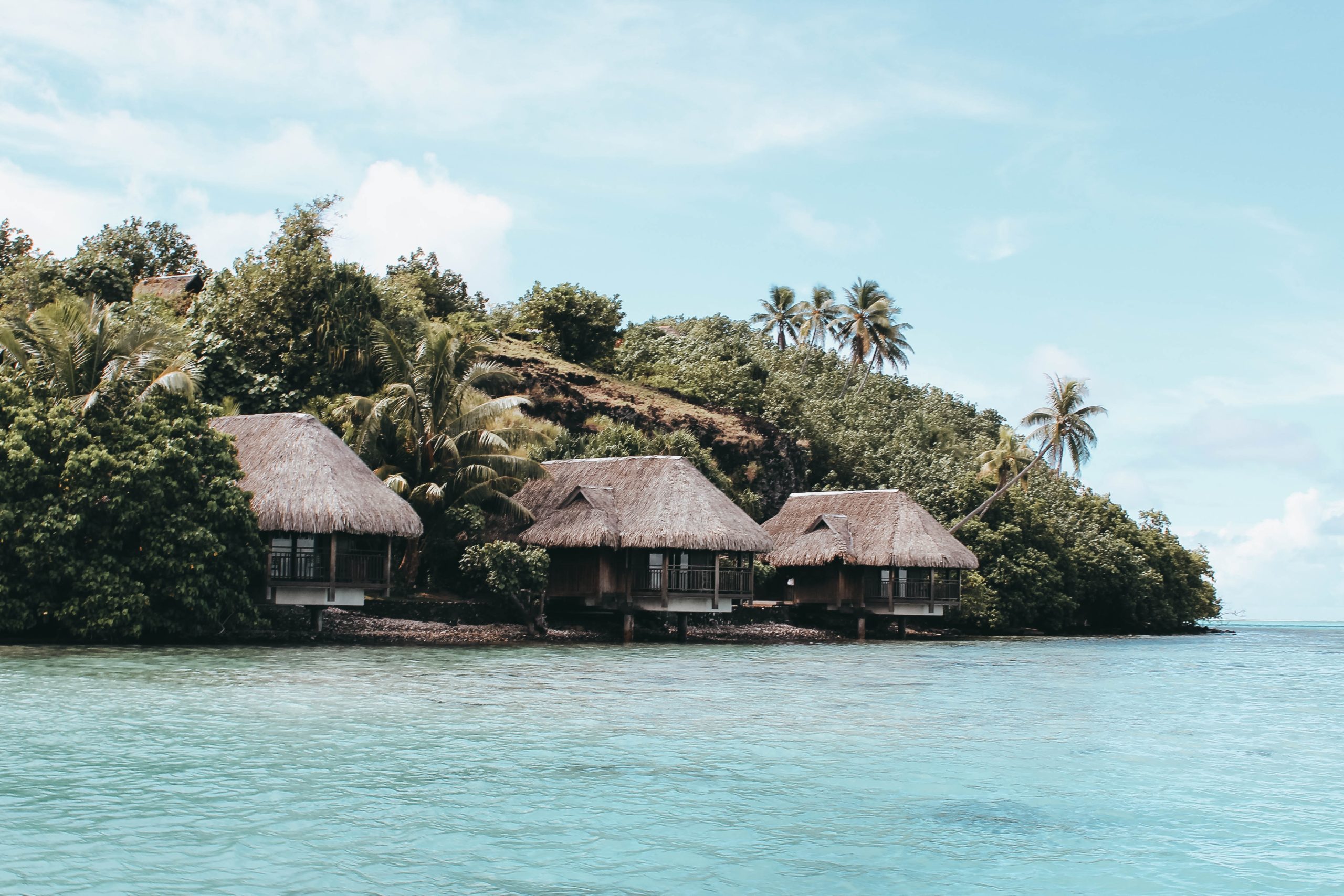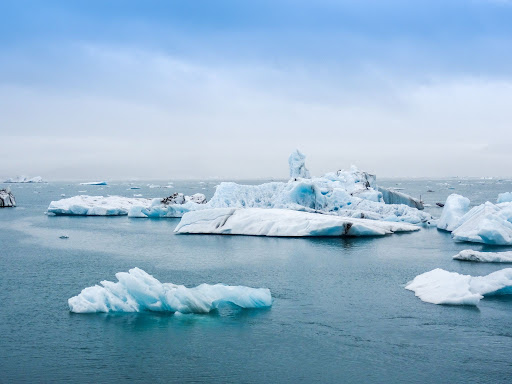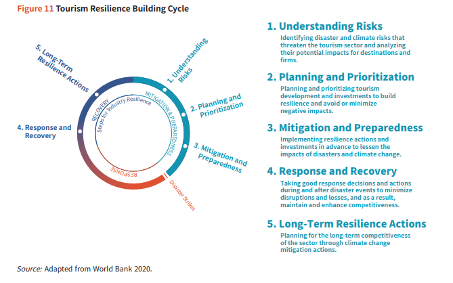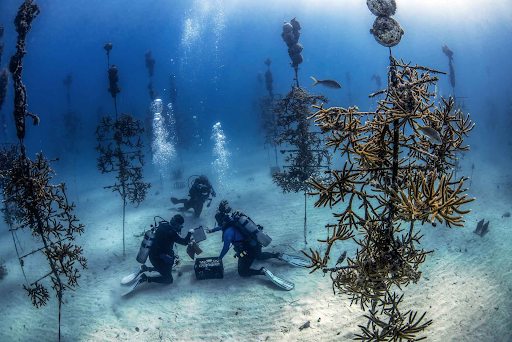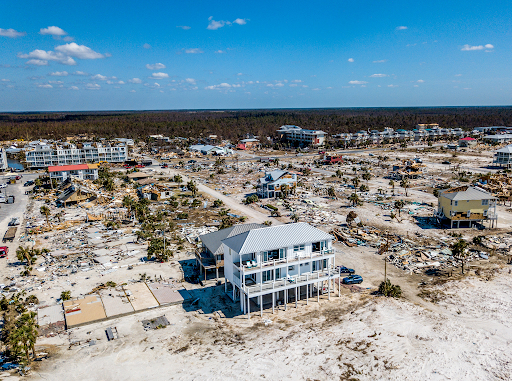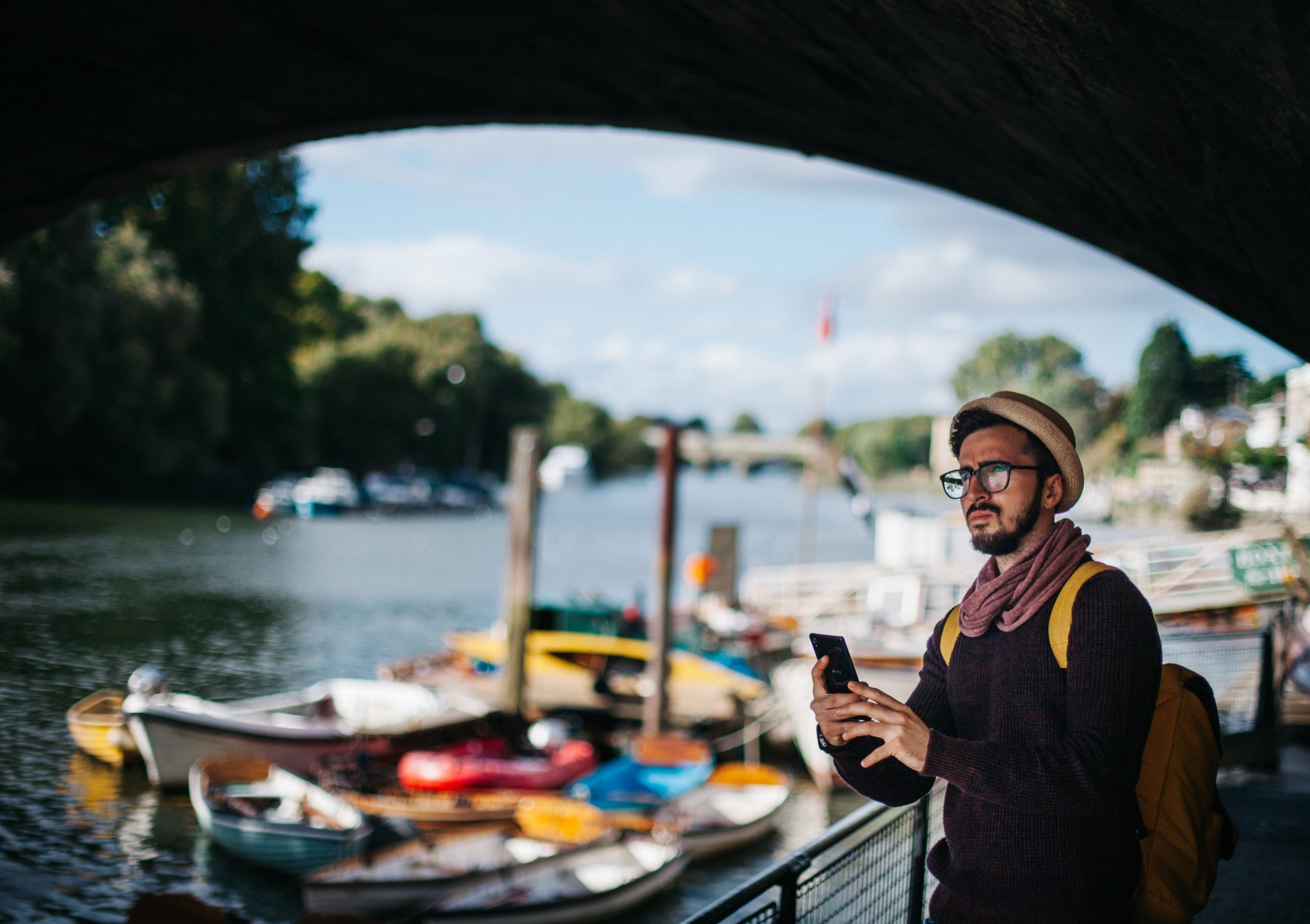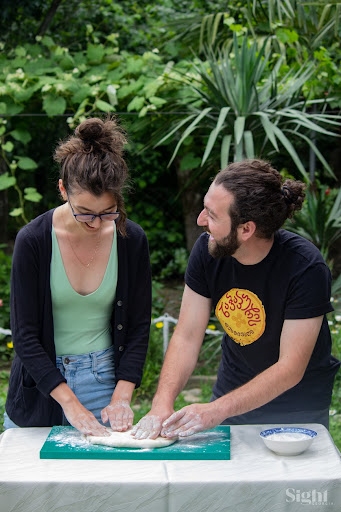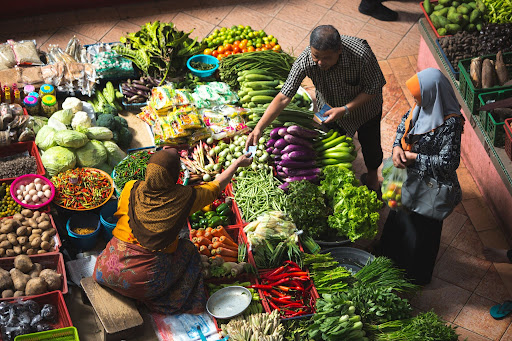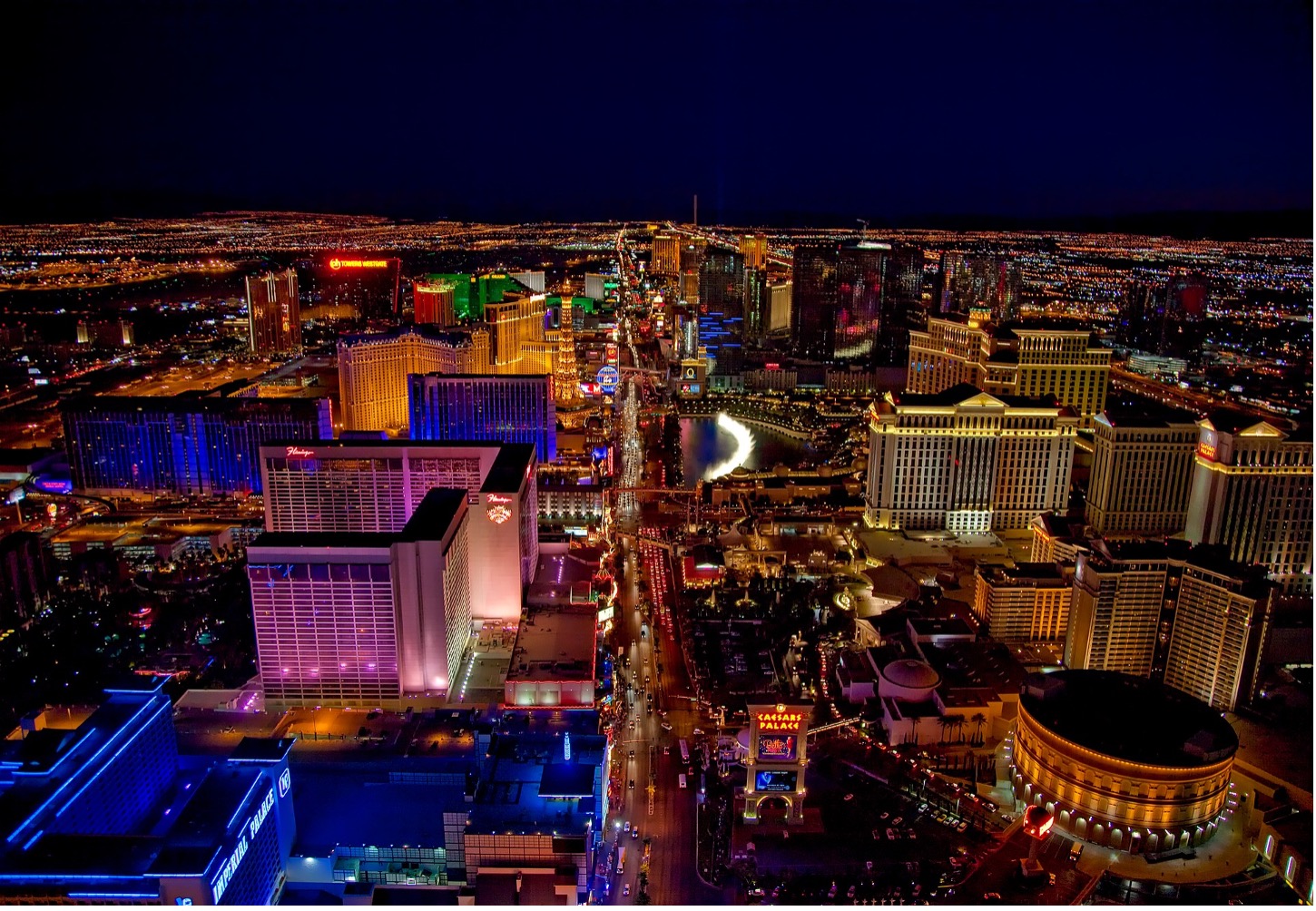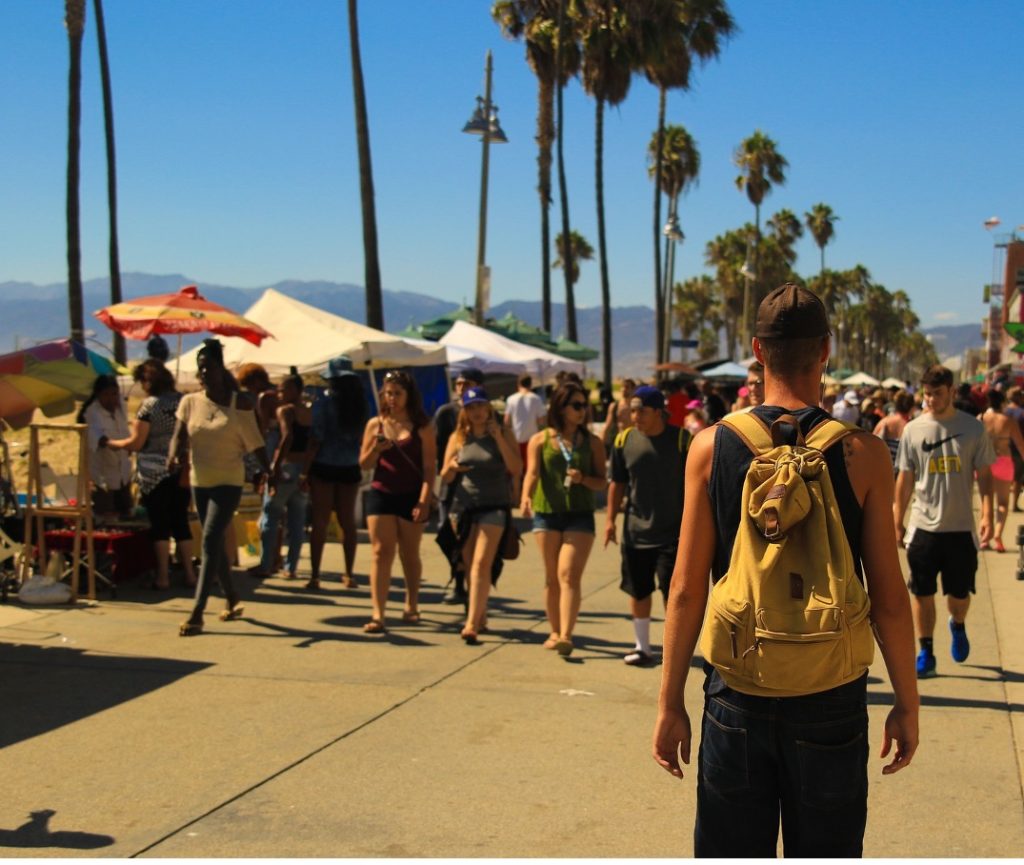Solimar International’s Director of Conservation & Community Development, Chloe King, has published her White Paper: Climate Action through Regeneration: Unlocking the Power of Communities and Nature through Tourism. Chloe worked alongside Senior Sustainability Consultant, O’Shannon Burns and organizations Regenerative Travel and The Long Run on a year-long research project that sought to determine how tourism can be made into a more regenerative practice by embracing nature-based solutions.
The paper identifies Five Principles to Develop Effective Nature-Based Solutions that highlight the connectedness between travel businesses, nature, and local communities. This article summarizes the Five Principles and how they interact to make tourism a more environmentally friendly, culturally inclusive, and economically sustainable industry. If you would like to read the full white paper, please visit this link to download: https://bit.ly/3Q3T4Qx
The Five Principles of Regenerative Tourism
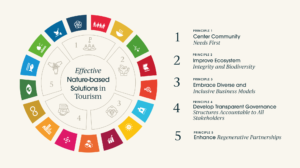
1 .Centering Community Needs First
The first Principle to Develop Nature-Based Solutions is centering community needs first. The most important piece of this principle is the ability to build a “collective path forward,” which establishes a relationship between a travel business and local communities that is founded on a mutual understanding of the intrinsic value of nature and a duty to protect it for the greater good of both parties’ interests. The authors note that establishing a sense of place through community engagement can often become a large part of this first principle, because it creates a shared understanding of why preserving the landscape and its inhabitants is important.
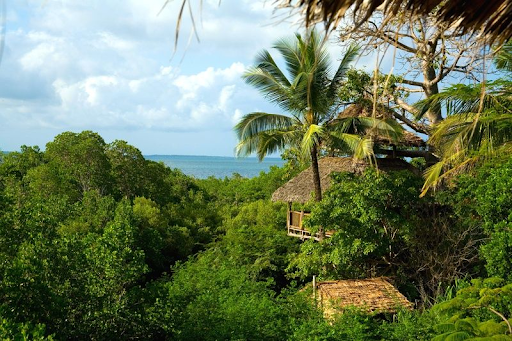
Tanzania’s Chole Mjini Treehouse Lodge has helped to address locals’ health and education challenges, embodying Principle 1.
2. Improving Ecosystem Integrity and Biodiversity
Principle number two is centered around improving ecosystem integrity and biodiversity. Tourism companies can use their financial resources to protect and regenerate ecosystems at risk, ensuring that the landscapes they profit from remain as beautiful as they are today when the next generation inherits their operations. In fact, the authors note that just “0.5% of the annual tourism turnover would be needed to fund a complete network of protected areas.” If every tourism company on Earth devoted this small percentage of profits to protecting their local wildlife, they could preserve the ecosystems that travelers like us love to see. Tourism companies that are truly regenerative should be aware of this fact and should actively attempt to support carbon neutrality and biodiversity conservation initiatives in the areas where they do business.
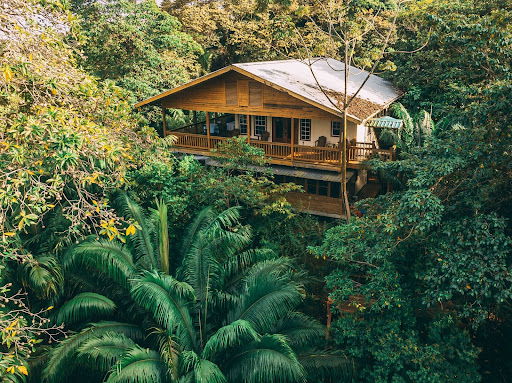
In Panama, Hotel Tranquilo Bay uses a portion of its profits to benefit the conservation of nearby ecosystems, encompassing Principle 2.
3. Embrace Diverse and Inclusive Business Models
Tourism businesses must understand that diversity is key to long-term success. Businesses that develop with social responsibility, equity, conservation, and profit equally prioritized become protected against potential threats. Much like a diverse ecosystem, these “pro-diversity business models” provide a safety net when unforeseen challenges, like theCOVID-19 pandemic, which took a major toll on the industry, arises. A business that can evolve will survive. In addition, employees who work in diverse business environments that support social equity and cultural preservation become more engaged and stay with a company longer. In an industry that relies heavily on staff excellence, every great employee counts! It is also important that businesses consider catering to a wide array of traveler types. The wider a company’s target market is, the more diverse and, in turn, resilient, they become.

Blue Apple Beach Club in Colombia uses their business as a means to address social inequity, exemplifying principle 3.
4. Develop Transparent Governance Structures Accountable to All Stakeholders
This principle makes sure that locals get the same attention as wealthy stakeholders when tourism companies make decisions. Businesses should make sure that they foster relationships with local communities to create a long-term support system. To successfully do this, they must seek to understand the entire space, not just the tourism industry, in their destination. They should also give communities access to the cultural and natural resources that they want to protect. Developing a sense of place and understanding through experience is the best way to keep every stakeholder motivated to continue developing a regenerative tourism model.
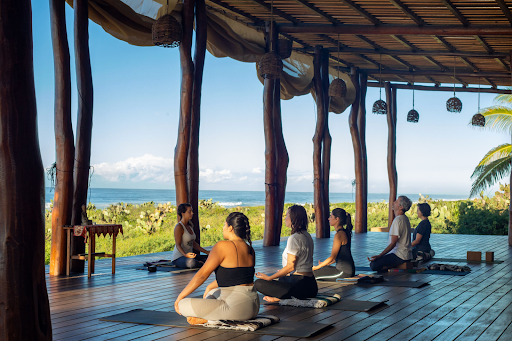
In Mexico, Playa Viva is dedicated to co-evolving with the nearby community.
5. Enhance Regenerative Partnerships
The final principle emphasizes the importance of collaboration to regenerative tourism. Tourism companies should serve as a bridge between communities and the government to enhance social and ecological regeneration. Partnerships with NGOs and governmental entities help manage and monitor projects’ success. Without government involvement, it may be difficult to fully understand the effects of a regenerative tourism operation on both human and natural communities. Transparency is key to creating these partnerships. You can’t have a relationship without trust, so being honest about where you are and what you do is important when developing and maintaining valuable partnerships.
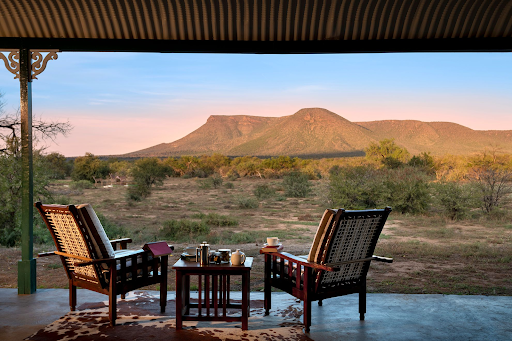
South Africa’s Samara Private Game Reserve has established strategic partnerships with SANparks, NGOs, and local communities to establish wildlife corridors in the region.
Hope for a Brighter Future in the Tourism Industry
Regenerative tourism practices that encompass these Five Principles have the potential to motivate an industry-wide shift toward a “triple bottom line” that values people, planet, and profit equally. Nature-based solutions offer a way for tourism companies to avoid favoring resource extraction and activities that increase pressure on fragile natural spaces to make a profit. These solutions help build businesses that benefit both the environment and the people that call it home. With regenerative tourism, locals, tourism companies, and travelers can feel confident that the trips they provide or purchase are making a positive impact.
Having worked at Solimar for three years now, Chloe is excited that her research will help contribute to our mission. She told us that her “research attempts to merge regenerative thinking – a field that has drawn upon the vast and diverse array of Indigenous wisdom as seeing humanity as belonging to nature – with practical solutions that the [nature-based solutions] framework provides for tourism businesses seeking to address and adapt to climate change.” With environmental issues like increased storm frequency, sea level rise, and soaring temperatures threatening tourism operations worldwide, regenerative tourism models provide hope that travel can be used as a tool to help ecosystems remain resilient in a warming world. Chloe hopes to “use the Five Principles described in this research as a model to guide how we engage with communities from day one, starting by centering community needs first when designing effective nature-based solutions through tourism”.
We are so proud of Chloe and all her work to make the tourism industry a better place. We look forward to seeing what she does as our Director of Conservation and Community Development. Chloe is currently leading projects in the Maldives and Bangladesh, where she hopes to establish successful community tourism operations that encompass the five principles to develop nature-based solutions. Download the full version of Chloe’s White Paper here: https://www.regenerativetravel.com/whitepaper-climate-action/
